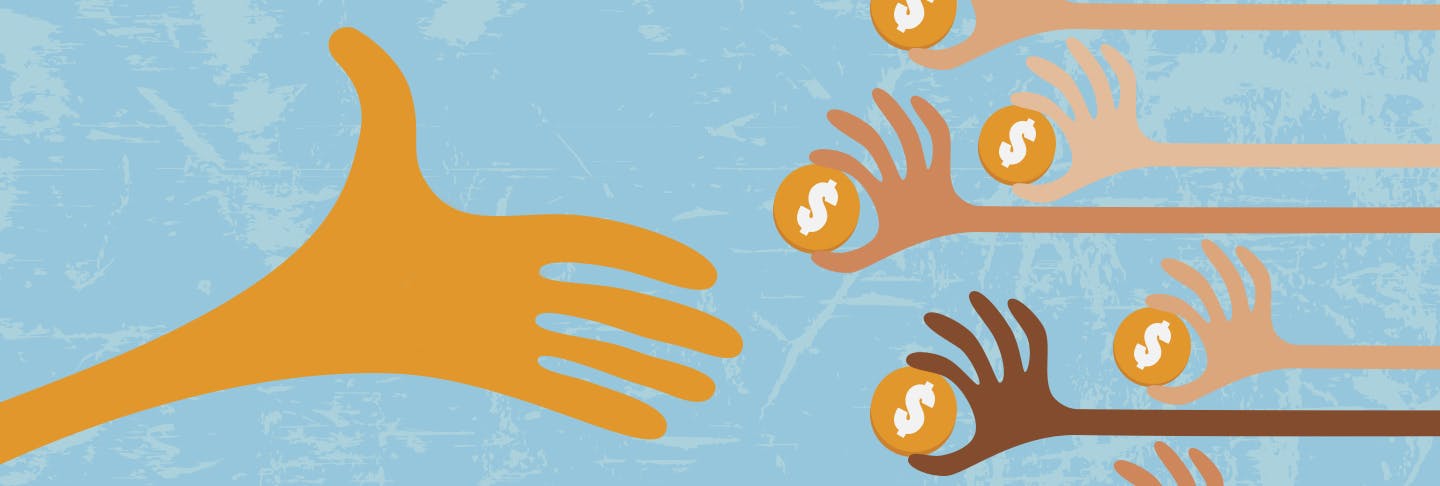Credit Types
You’ll discover that borrowing money and accessing credit always involves a basic premise – and that premise is consistent regardless of whether your borrowing is associated with a credit card, personal loan, business line of credit, or a long-term loan. The fact of the matter is; you are expected to repay the full amount borrowed with interest. What’s more, once the dollar amount, purpose of the funds, and repayment schedule are clearly defined, all loans fall into one of two categories:
- Installment loans
- Revolving loans/lines of credit
Installment or Closed-End loans
Here’s how it works. You complete an application from a lender for a fixed amount of money with interest. If your credit history and score are exceptional, you will probably be approved. If you have bad credit loans or have filed for bankruptcy you may not.
The lender’s loan documents will confirm the full amount you’ve agreed to borrow, the amount of each payment and the repayment schedule for the term (length) of the loan.
Each payment is comprised of both principal and interest. Once the final payment is made, you have met your legal obligation. More importantly, you’ve demonstrated to the lending institution that you are a responsible borrower.
In the final analysis, an installment loan provides the borrower with a fixed amount of money and interest rate that has been lender approved. Following the approval, should you decide that you require additional monies, you may be required to begin the application process a second time.
Revolving Loans / Lines of Credit
In the case of a revolving loan, also called a line of credit, not all of the funds are dispensed at the onset of the loan. And the repayment schedule, principal balance, and interest are not always fixed – unlike an installment loan.
There is also a credit limit on the loan that you cannot exceed and need to be aware of because if you’re close to 100% utilization, the credit limit can’t simply be increased, and any increase must be approved by the lender. In addition, your credit utilization ratio (the amount of available credit that you have used) accounts for 30% of your credit score. A high credit utilization can have a negative impact on your credit score.
Since a revolving loan is never provided in a lump sum, your payments are calculated on the outstanding balance that you owe. The theory is that you will use what you need and repay it back in a cyclical manner. As you repay, the amount you can borrow is replenished¾up to your credit limit.
A prime example of revolving credit is your credit card. How to pay off credit cards is up to you. They offer several ways to pay over time. You can pay the full amount due each month, the minimum amount each month, or something in between. One imperative to remember, however, is if you only pay the minimum amount required each month, it may take several years to completely pay off the debt depending on the interest rate and balance due – and this assumes that you don’t continue to borrow against the available credit.
A second example is a charge card, which is frequently confused with a credit card because unlike a credit card, it does not offer credit and requires you to pay the entire balance in full each month.
With any revolving line of credit, the borrower must be judicious and exercise more restraint when it comes to purchasing decisions. In fact, a “spending filter” must be assumed so that your purchases are based on sound reasoning rather than impulse buying. You don’t want frivolous spending to cause you to search for debt help.
If you are looking for more information when it comes to personal loans or debt help solutions, call 1-800-495-4069 today for a free, no obligation assessment with one of our experienced consultants.
